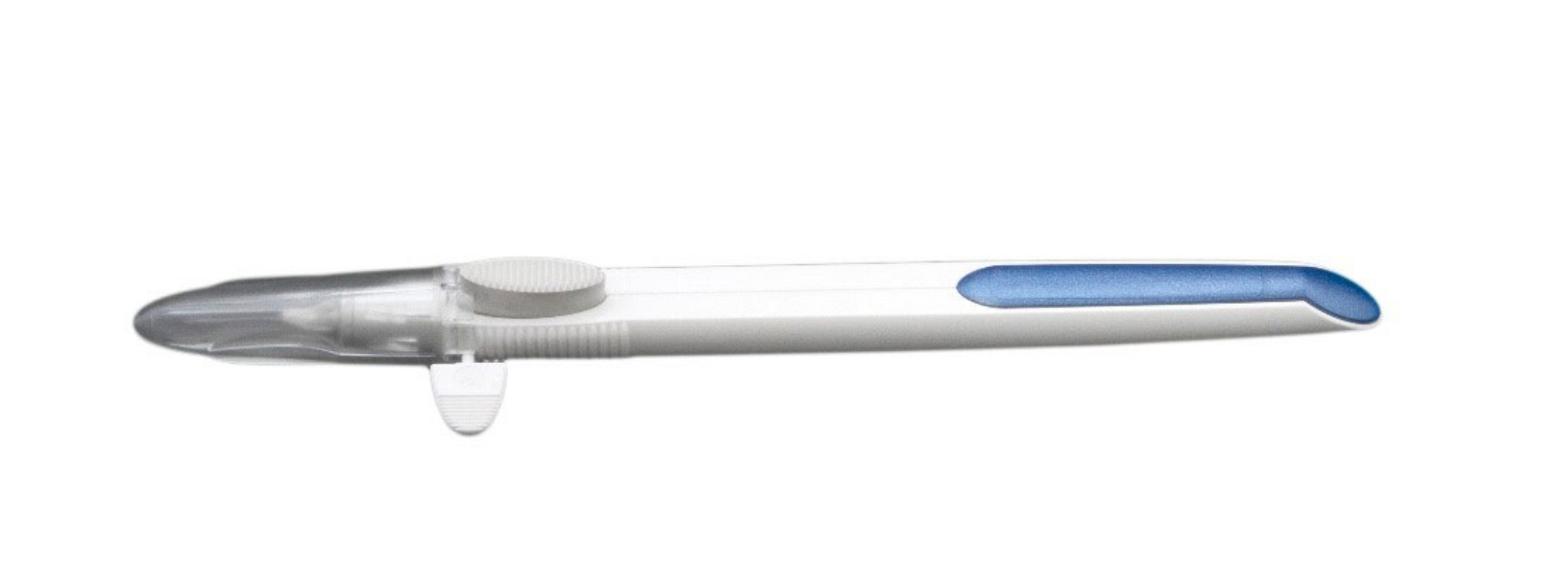Publication
Article
Digital Edition
Sustained-release implant offers long-term IOP control, preserved visual function
Author(s):

Bimatroprost SR represents a paradigm shift in glaucoma treatment
This article was reviewed by Felipe Medeiros, MD, PhD
With the FDA approval earlier this month of a new drug application (NDA) for the bimatoprost implant (Durysta, Allergan) 10 mcg for intracameral administration, the bimatoprost implant becomes the first intracameral, biodegradable, sustained-release (SR) implant indicated to reduce IOP in patients with open-angle glaucoma (OAG) or ocular hypertension (OHT), according to the company.
Leading up to this approval, the bimatoprost SR implant met the primary endpoint of the ARTEMIS phase III study. It lowered IOP by about 30% and was found to be noninferior to timolol for reducing IOP through 12 weeks.
Related: Stent offers IOP stability more than three years after surgery
In extended follow-up, more than three-quarters of eyes did not require additional treatment for one year following three administrations of the drug.
In the ARTEMIS phase III trials, patients were randomly assigned to treatment with bimatoprost SR versus timolol. Two concentrations of bimatoprost were evaluated, 10 and 15 mcg.
The focus of the results reporting was on the lower dose, which will be the one that will be commercially available. Eyes randomly assigned to bimatoprost SR received implants every four months, for a total of three implants of the drug over the course of one year.
“Eighty percent of the eyes that received the three implants of bimatoprost SR had sustained IOP control for one year, without the need for additional treatment,” said Felipe Medeiros, MD, PhD, distinguished professor of ophthalmology and the Joseph Wadsworth Endowed Chair, Duke University, Durham, NC. “We currently believe that the higher concentration of the drug achieved at the target tissues, such as the ciliary body, may lead to greater expression of matrix metalloproteinases and more extensive extracellular tissue remodeling, potentially explaining the long-term effects in reducing IOP.”
In addition, visual field data indicated that the eyes treated with the 10-µg dose of bimatoprost SR had less glaucomatous progression of the visual fields over time.
Related: AI-enabled radar: Pushing boundaries of glaucoma diagnosing, monitoring
“We observed a significant difference at the one-year follow-up examination compared with timolol,” Dr. Medeiros added. Specifically, at the one-year time point, the eyes treated with timolol had significantly faster progression in the visual fields with a change in the mean deviation of -0.80 decibel per year, he noted.
The implant was found to be safe. Most adverse effects were associated with the preparatory procedure for the administration of the implant. Some patients reported a burning sensation and redness that were mostly present within two days after administration, most likely due to the topical application of betadine. After two days, the most common side effect was conjunctival hyperemia.
Related: Eye-opener: Sticking to glaucoma therapy regimens vital
A concern was the effect the implant on the anterior chamber may have on the corneal endothelial cells.
“When bimatoprost SR was administered three times in four-month intervals, we observed that there was on average about a 5% to 6% loss of endothelial cells after 20 months of follow-up, but no measurable difference in the corneal thickness,” Dr. Medeiros explained.
Dr. Medeiros added that there are multiple ongoing clinical trials to evaluate other dosing schemes.
“Bimatoprost SR is the first sustained-release treatment for glaucoma, and for the first time, we are beginning to move away from dependence on drops, although they will still be needed,” he said.
Related: Defining alternative therapies for glaucoma
He noted this route of administration addresses patients’ lack of adherence to eyedrop treatment. Nonadherence can be associated with multiple factors, such as patient forgetfulness, side effects from medications, and coexisting diseases impairing self-administration.
“Bimatoprost SR represents a transformative treatment by providing more sustained control of IOP, potentially minimizing side effects from topical medications,” he concluded. “This is likely to translate into better preservation of visual function, which is the ultimate goal of glaucoma treatment.”
Read more by Lynda Charters
Felipe Medeiros, MD, PhD
E: felipe.medeiros@duke.edu
Dr. Medeiros is a consultant to Allergan, Annexon, Novartis, Aerie Pharmaceuticals, Biogen, Carl-Zeiss Meditec, Galimedix, and Stealth Biotherapeutics.
Newsletter
Don’t miss out—get Ophthalmology Times updates on the latest clinical advancements and expert interviews, straight to your inbox.





